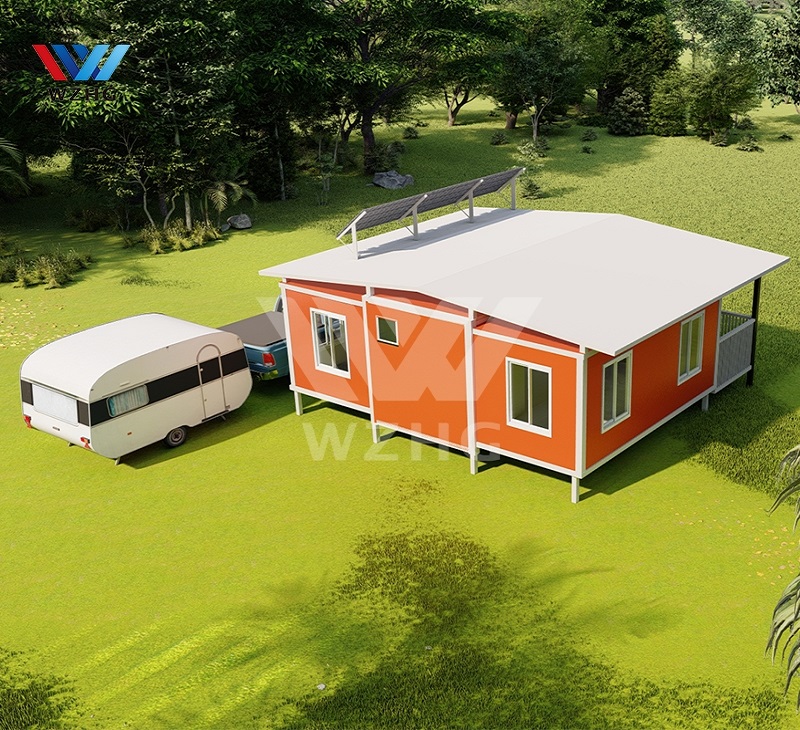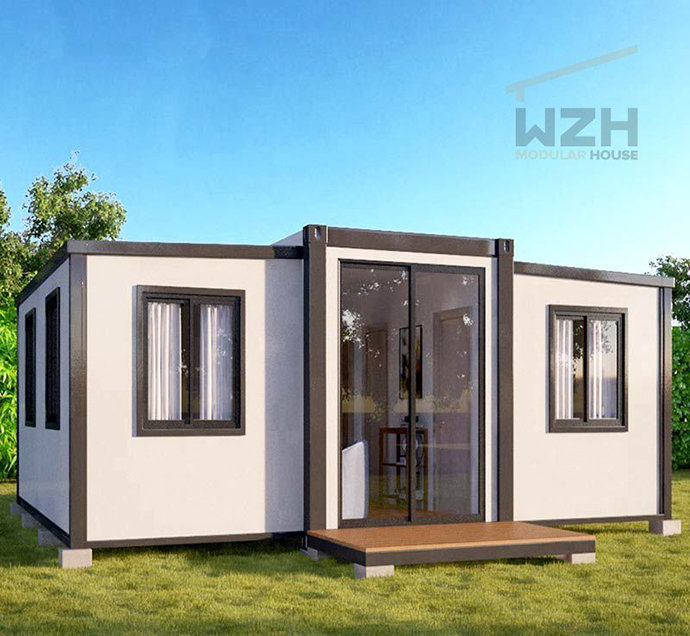The global housing problem is a pressing issue affecting millions of people around the world. As traditional housing options become increasingly unaffordable and inaccessible, alternative solutions are being sought to address this challenge. One such solution that has gained attention is the concept of container houses. In this article, we delve into the potential of container houses as a way to alleviate the global housing crisis and examine the advantages and considerations associated with this innovative approach.
Container houses, often referred to as shipping container homes, are built using repurposed shipping containers that were originally designed for transporting goods. These containers offer a sturdy and modular foundation for constructing livable spaces. The concept of converting these containers into homes presents several potential benefits:
One of the most significant advantages of container houses is their potential to be more cost-effective than traditional construction methods. The use of repurposed containers can lower material costs, and the modular nature of containers can streamline the construction process, reducing labor expenses.
Container houses can be built relatively quickly compared to conventional housing. Since the containers already provide a structural framework, a significant portion of the construction work is already completed, resulting in shorter construction timelines.
Repurposing shipping containers reduces waste and promotes resource efficiency. By utilizing existing structures, container houses contribute to sustainability and minimize the need for new building materials.
Container houses can be designed to be portable, offering the potential for temporary or mobile housing solutions. This flexibility can be especially useful in areas where housing needs are dynamic or in disaster-stricken regions.
While container houses offer promising benefits, there are certain considerations and challenges to be mindful of:
Designing container houses for optimal comfort, insulation, and livability is crucial. Proper insulation and ventilation are essential to ensure a comfortable indoor environment, especially in extreme weather conditions.
Container houses may need to meet local building codes and regulations. Depending on the region, obtaining necessary permits and approvals could pose a challenge.
The availability of basic infrastructure such as water, electricity, sewage systems, and transportation can impact the feasibility and viability of container housing communities.
The visual appearance of container houses and their acceptance within communities can influence their adoption. Addressing aesthetic concerns and fostering social integration are important aspects to consider.
Container houses have the potential to provide a sustainable and resourceful solution to the global housing problem. Their affordability, speed of construction, and adaptability make them an appealing option, particularly in regions facing housing shortages and affordability challenges. However, addressing design, regulatory, infrastructure, and social considerations is essential to ensure that container houses can effectively meet the diverse and evolving needs of communities around the world. As innovative approaches like container housing gain traction, they contribute to a broader dialogue on how creative solutions can shape the future of affordable and accessible housing for all.
 How to Build Container Homes?
Container homes have become increasingly popular due to their cost-effectiveness, eco-friendliness, and modern aesthetic appeal. These homes are built using shipping containers, which are strong and durable, making them perfect for use in construction.
How to Build Container Homes?
Container homes have become increasingly popular due to their cost-effectiveness, eco-friendliness, and modern aesthetic appeal. These homes are built using shipping containers, which are strong and durable, making them perfect for use in construction.
May. 24
 Prospects For The Future Development Of Container Construction
In recent years, containers have been widely used in the construction sector, and their low cost, simple installation process and diverse combinations have been loved by the world, creating a space for a comfortable experience.
Prospects For The Future Development Of Container Construction
In recent years, containers have been widely used in the construction sector, and their low cost, simple installation process and diverse combinations have been loved by the world, creating a space for a comfortable experience.
Nov. 21

WEIZHENGHENG Modular House Technology CO.,LTD provides various configurations of Flat Pack container houses. It can meet the needs of home living.
Copyright © Hebei Weizhengheng Modular House Technology Co., Ltd. All Rights Reserved |Sitemap